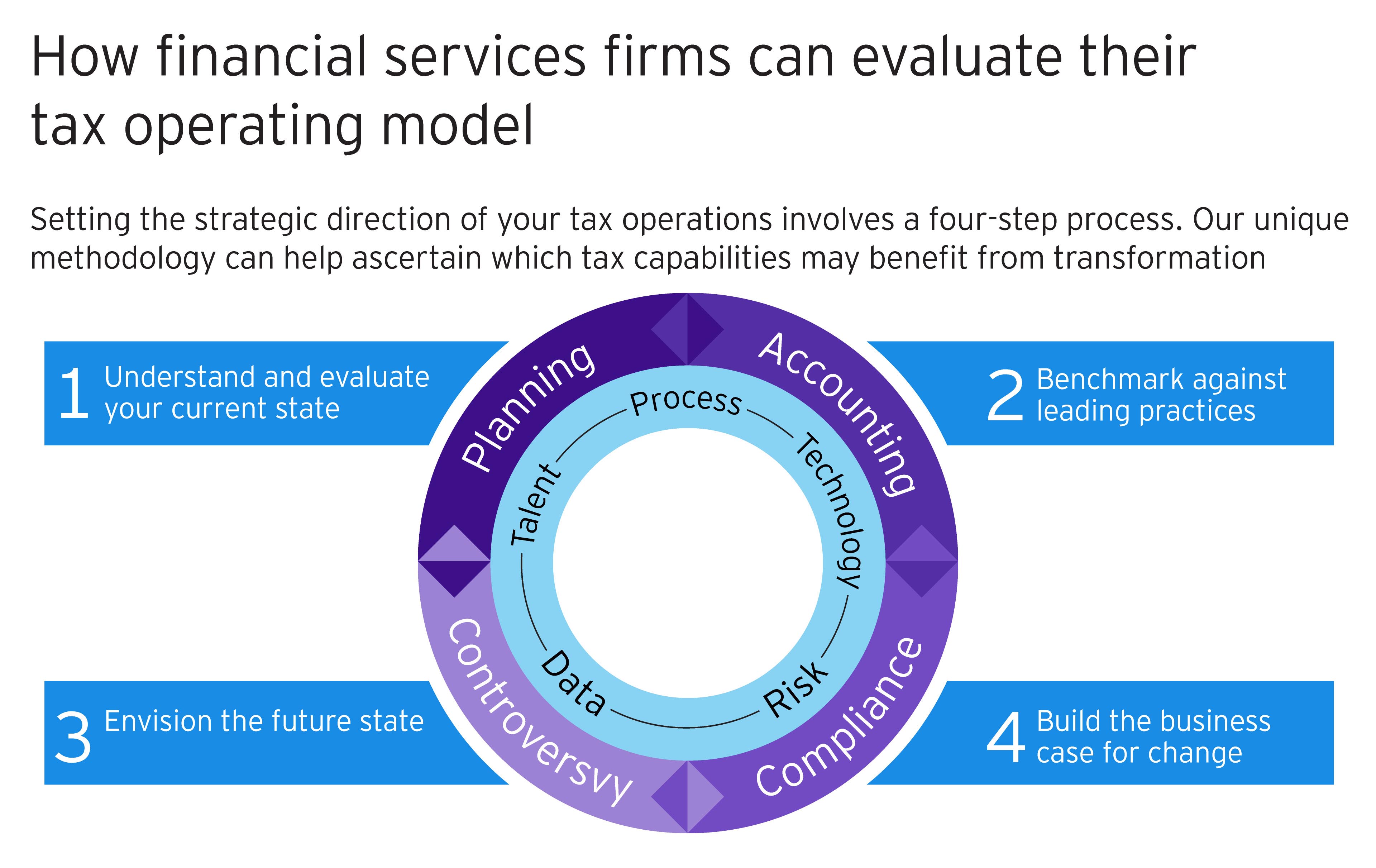Is your tax operating model fit for the future?
With the widespread disruption brought by a global pandemic, enterprises must transform their tax function to prepare for what’s next and beyond.
The ripple effect of the global pandemic, legislative and regulatory changes has increased the complexity and criticality of the tax department for financial services institutions, across the world.
The industry has been reacting to new challenges on an almost daily basis trying to adapt to the new environment with their tax model and systems taking a direct, and indirect, hit.
But with challenge comes opportunity – now is more important than ever for financial institutions to ask themselves: is your tax operating model still fit?
Related article
Tax operating model
99%Before COVID-19, nearly all companies felt uncomfortable with their tax operating model.

